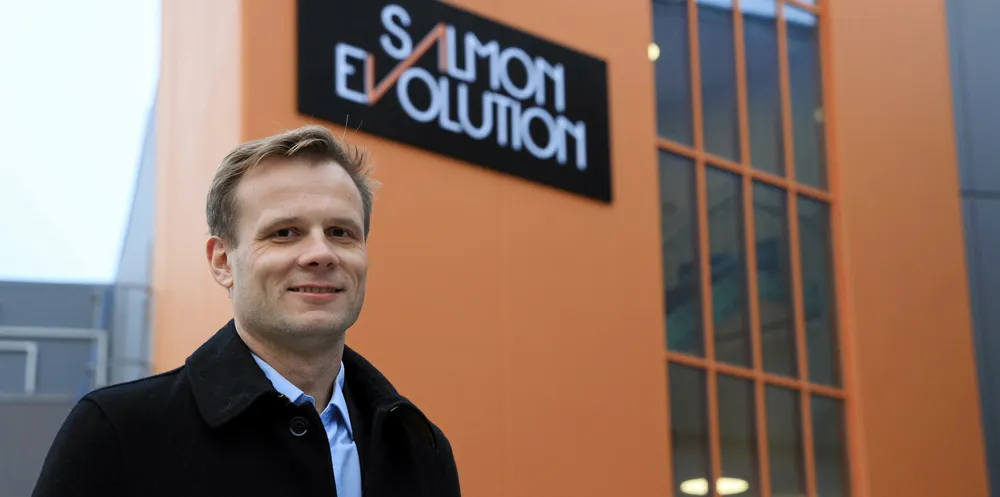Move over Atlantic Sapphire, there is a new frontrunner in the land-based salmon farming sector, proclaims Norwegian bank
There is now enough evidence to show it is possible to produce salmon on land with positive EBIT/kilo margins, which will trigger other projects to be realized, bank said.
